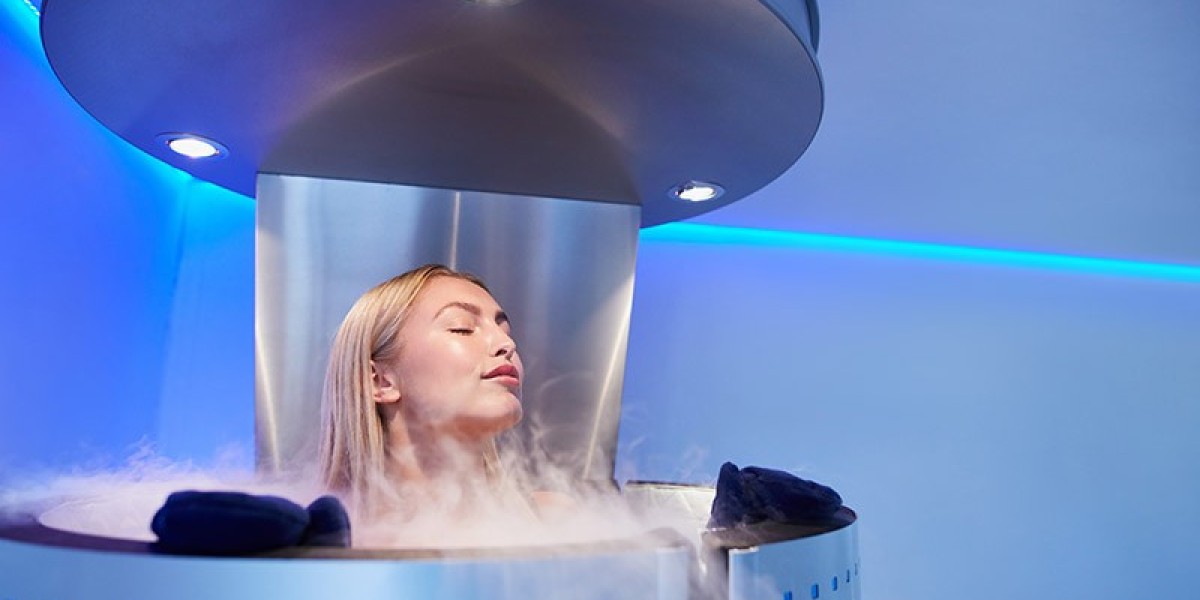Flexible foam is transforming the automotive sector with its versatility and innovation, significantly enhancing vehicle performance, comfort, and safety. As automotive manufacturers seek to improve vehicle design and meet evolving consumer expectations, flexible foam technologies are playing a pivotal role in this evolution.
According to Stratview Research, the flexible foam market was estimated at USD 40.24 billion in 2022 and is likely to grow at a CAGR of 5.97% during 2023-2028 to reach USD 57.08 billion in 2028.
- Enhanced Comfort and Ergonomics
One of the most prominent ways flexible foam is revolutionizing the automotive sector is through improved comfort and ergonomics. In vehicle interiors, flexible foam is used extensively in seat cushions, backrests, and armrests. Advanced foams, such as high-resilience (HR) and viscoelastic (memory) foams, offer superior support and cushioning, contributing to a more comfortable driving experience. These foams conform to the body’s shape, reducing pressure points and providing a personalized fit for occupants. As a result, long journeys become more pleasant, and overall driving comfort is significantly enhanced.
- Improved Noise, Vibration, and Harshness (NVH) Control
Flexible foam plays a critical role in managing noise, vibration, and harshness (NVH) within vehicles. Acoustic foam materials are strategically placed in various parts of the vehicle, such as door panels, floor mats, and engine compartments, to absorb sound and vibrations. This contributes to a quieter cabin environment, reducing road and engine noise. Enhanced NVH control not only improves passenger comfort but also elevates the overall driving experience, making vehicles more enjoyable and less fatiguing for drivers and passengers alike.
- Weight Reduction and Fuel Efficiency
In the quest for greater fuel efficiency, flexible foam contributes to weight reduction, which is a key factor in improving a vehicle’s performance and fuel economy. Lightweight foam materials are used in various components, including seats, headliners, and insulation panels. By reducing the weight of these components, manufacturers can decrease the overall vehicle weight, which in turn leads to improved fuel efficiency and reduced emissions. This aligns with the automotive industry’s push towards more eco-friendly and energy-efficient vehicles.
- Enhanced Safety Features
Flexible foam also enhances safety features in vehicles. Impact-absorbing foams are used in various safety components, such as dashboards and steering columns, to cushion occupants during collisions and reduce the risk of injury. These foams absorb and dissipate impact forces, improving crash protection and contributing to overall vehicle safety. The integration of flexible foam into safety designs helps meet stringent safety regulations and enhances occupant protection in the event of an accident.
- Customization and Design Flexibility
The versatility of flexible foam allows for greater customization and design flexibility in automotive interiors. Manufacturers can create innovative and aesthetically pleasing designs by incorporating foam into various elements, such as custom-shaped seats, unique interior textures, and stylish trim pieces. This design flexibility enables automotive brands to differentiate themselves in a competitive market and offer distinctive, high-quality interiors that enhance the overall driving experience.
In conclusion, flexible foam is revolutionizing the automotive sector by enhancing comfort, improving NVH control, contributing to weight reduction and fuel efficiency, enhancing safety features, and offering design flexibility. As automotive manufacturers continue to seek innovative solutions to meet consumer demands and regulatory standards, flexible foam technologies will remain a key driver of advancement and excellence in vehicle design.



